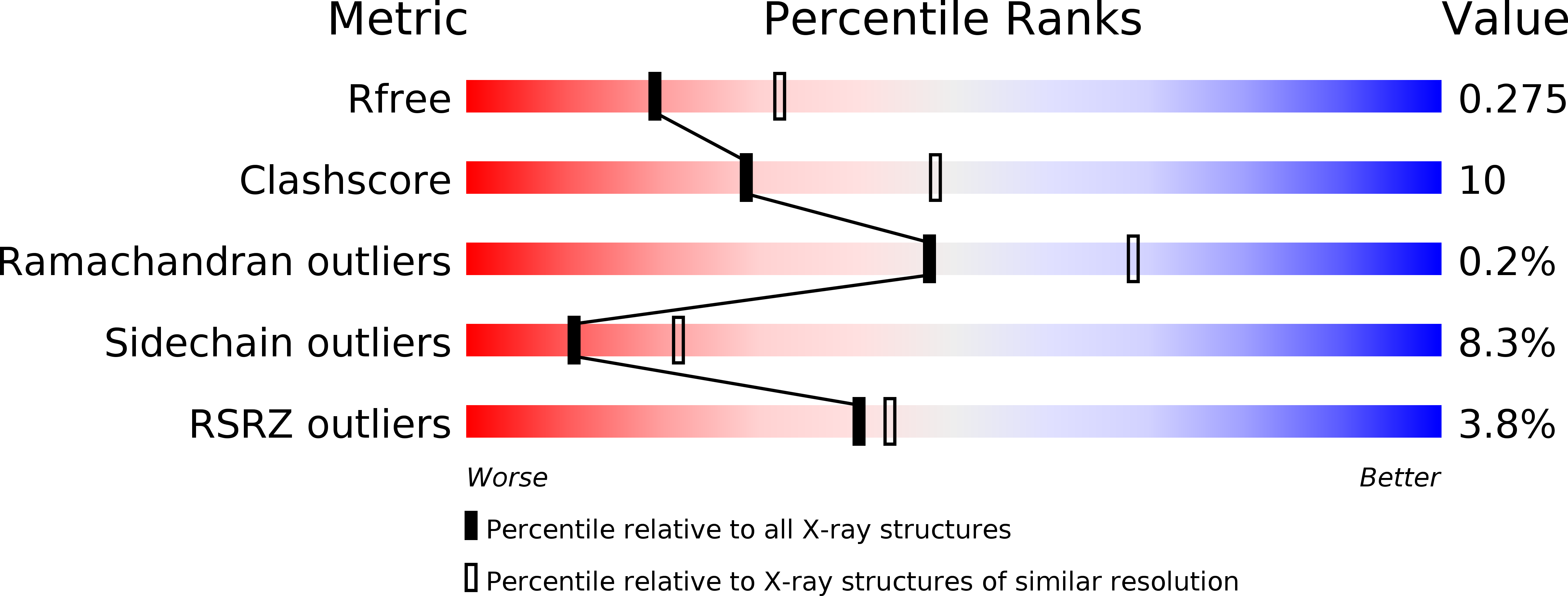
Deposition Date
2013-02-26
Release Date
2013-10-02
Last Version Date
2024-10-23
Method Details:
Experimental Method:
Resolution:
2.50 Å
R-Value Free:
0.27
R-Value Work:
0.23
R-Value Observed:
0.23
Space Group:
H 3 2


